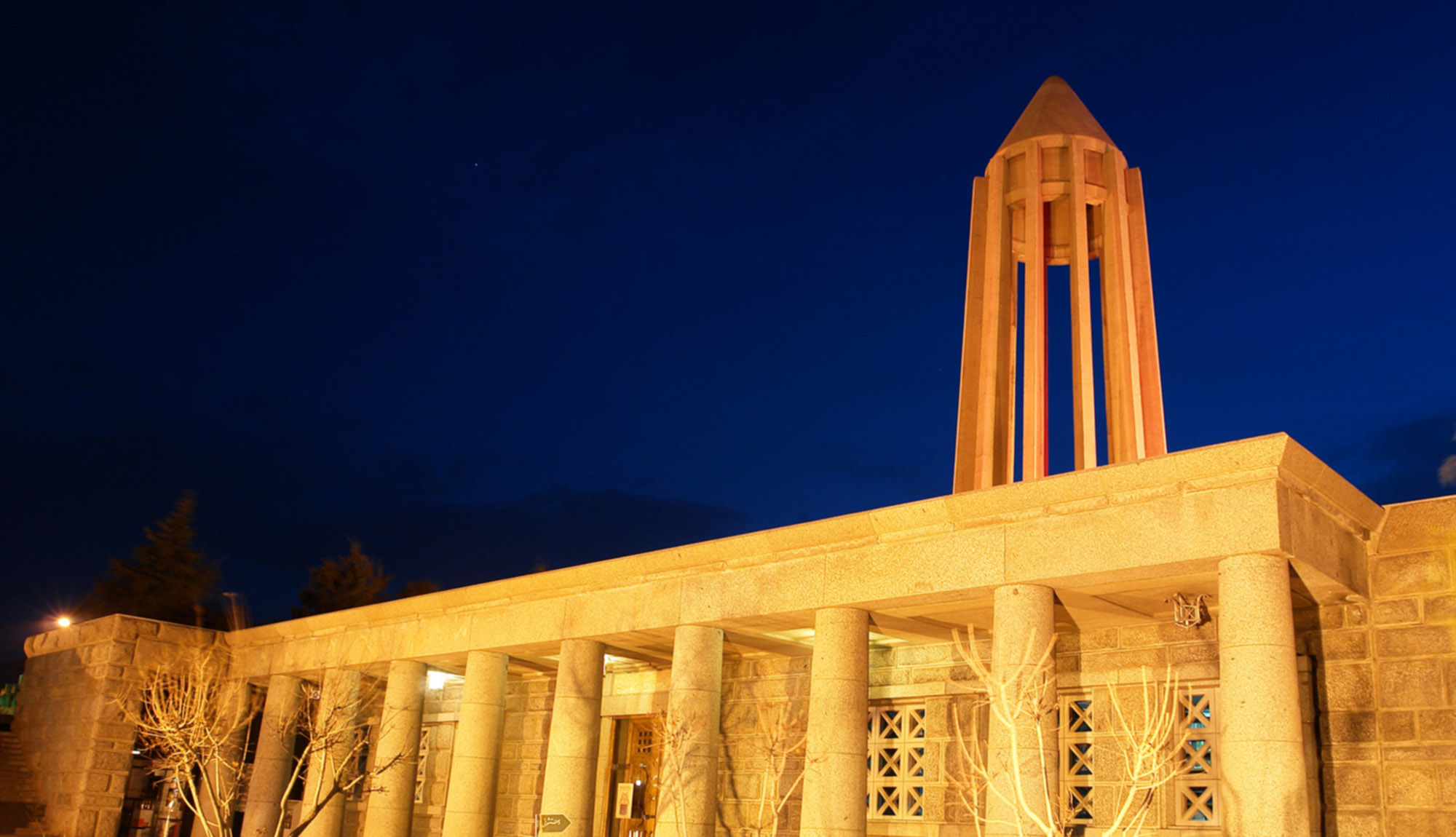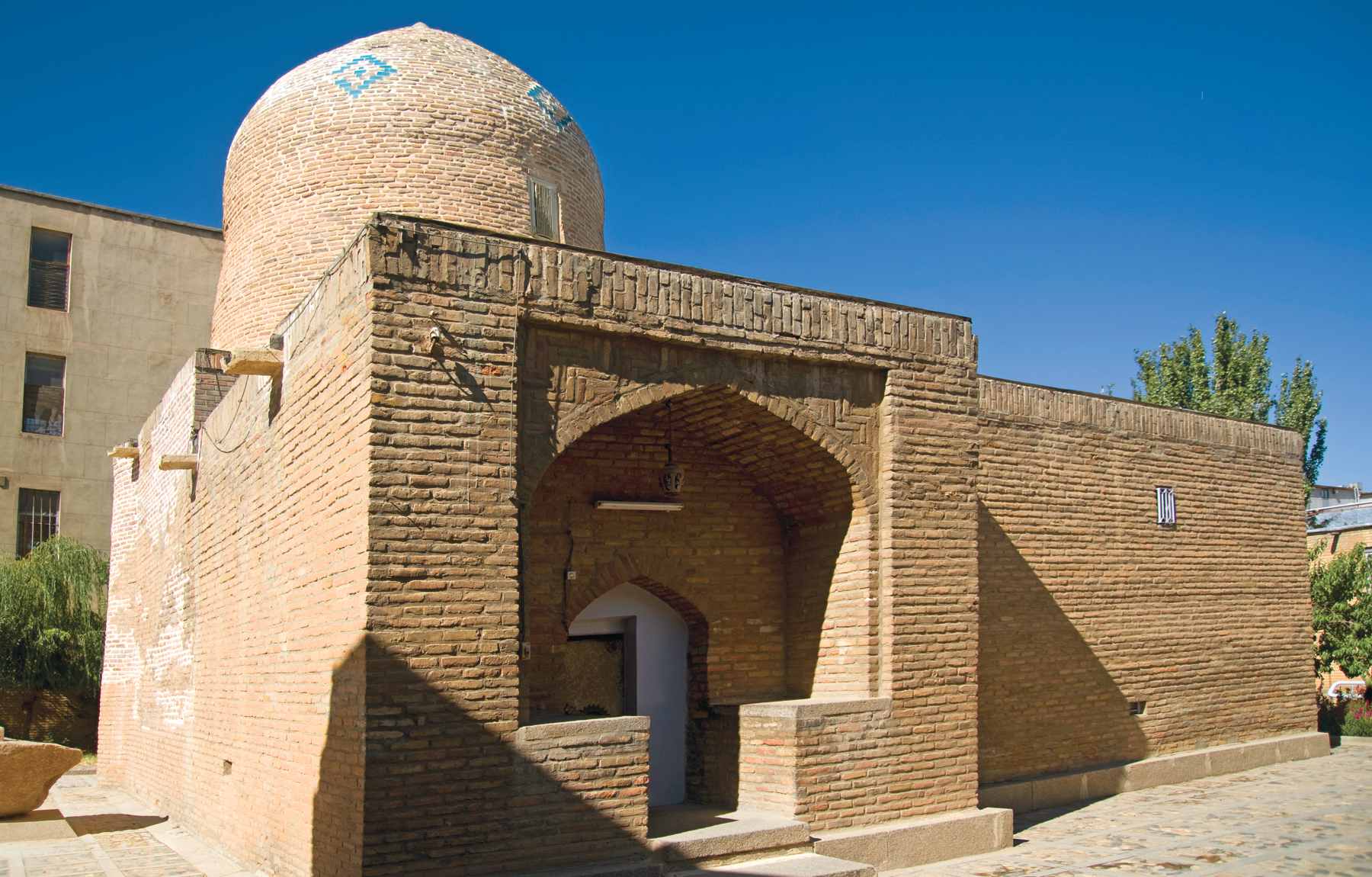

The province of Hamedan has more than 1752 historical, cultural and natural works of great and special importance. Given the importance, 1004 of them have been registered in List of Iranian National Heritage. Hamedan is the origin of Urbanization and the old city of Hegmataneh is an evidence of this claim.
 F.chardowli
Avicenna Mausoleum
F.chardowli
Avicenna Mausoleum
Hamedan is one of the western provinces of Iran, which is limited to Zanjan province from the north, Lorestan province from the south, Markazi province from the east, and to Kermanshah and Kurdistan provinces from the west. The highest point of Hamedan province is Alvand peak with a height of 3574 m and the lowest point is Omarabad lands near Gharacheh River in the Shara and Pishkhar districts. Hamedan province has 8 cities, 16 towns, 18 districts and 68 villages, and its capital is the city of Hamadan.
The cities of the province are: Hamedan, Malayer, Tuyserkan, Nahavand, Kabudarahang, Asadabad, Bahar, Razan and Famenin.
Language and culture in Hamedan province is very diverse because in the province, different tribes with different cultures and traditions inhabit. These are as follows. Turks: they are in north and west of the province, especially in north and west of the city of Hamedan. They inhabit in 562 villages of the province. Lors and Laks: they live in Malayer, Nahavand, parts of Tuyserkan and Saman, in 255 villages. Kurds: they inhabit in 159 villages in west and northwest, in the vicinity of Kurdistan and Kermanshah provinces. Farses: most of the inhabitants of the center of the province, they are considered to be the oldest race in the area who have settled in the land since the Medes.
 F.Chardowli
Esther and Mordechai
F.Chardowli
Esther and Mordechai
This monument is a pilgrimage to the Jewish people for the mentioned myth and also worthwhile as a historical archeological place. The current construction of the “Esther and Mordechai” tomb in Hamadan has been rebuilt and repaired several times. The oldest repairs are in an underground tomb located at the entrance to the archway, and there are two empty wooden boxes, one of which is very old and related to the Mongolian monarchy in Iran. The building materials of this tomb are made out of stone and brick and are made in according to Islamic monumental styles. From the appearance and architectural style of this work, it turns out that its current building was built in the 7th century AH on an older building belonging to the 3rd century AH.